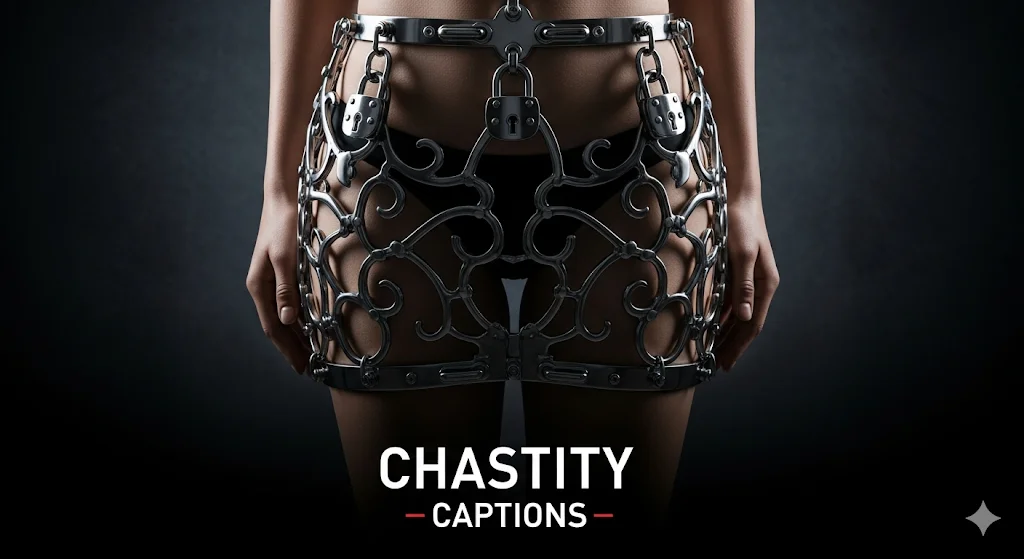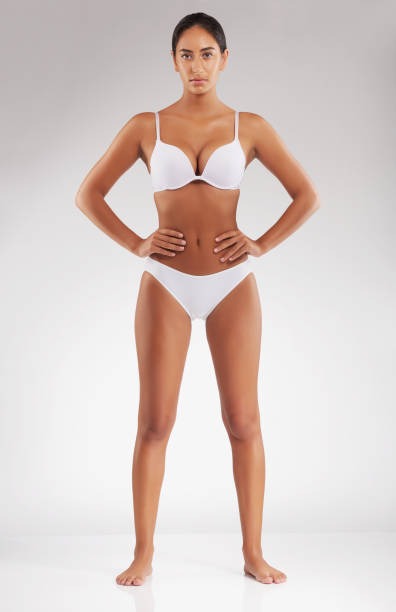Buying an engagement ring feels like high stakes—you're choosing something your partner will wear daily, hopefully for decades. When you're looking for an aquamarine engagement ring in Australia, you've got more options than you might expect, but you also need to know what to look for. Unlike diamonds with their standardized grading systems, colored gemstones require more subjective judgment. What makes one aquamarine better than another isn't always obvious, and Australian buyers face specific considerations around sourcing, pricing, and local jewelers' capabilities. Getting it right means understanding the stone itself, knowing what questions to ask, and finding suppliers who actually know what they're doing with colored stones.
Understanding Australian Market and Pricing
Aquamarine prices in Australia vary dramatically based on size, color, clarity, and where you're buying. A small, pale aquamarine in a simple setting might run $1,500-3,000. Larger stones (3+ carats) with deep color and excellent clarity easily reach $5,000-10,000 or more, particularly in custom settings with quality metalwork. These prices reflect both the stone's inherent value and the jeweler's markup, which can be substantial at high-end retailers but more reasonable from custom jewelers or online specialists.
Australian consumers should know that many aquamarines sold here are imported, often from Brazil which produces most of the world's gem-quality aquamarine. Some African countries also produce quality stones. The origin itself doesn't automatically determine quality—Brazilian aquamarine isn't inherently better than African—but origin can affect price because of reputation and marketing. What matters is the individual stone's characteristics, not its birthplace.
Evaluating Color and Clarity in Person
Color intensity matters most in aquamarine valuation. Deep blue stones command premium prices while very pale, almost clear stones cost significantly less. But here's the thing—you might actually prefer a lighter stone. It's more wearable, less formal, and some people find intense color overwhelming in a ring they'll see constantly. Look at stones in different lighting conditions before deciding. Natural daylight shows the truest color. Store lighting often enhances color artificially.
Clarity is usually good in aquamarine—most stones are relatively clean. Still, examine the stone carefully, preferably with a jeweler's loupe (10x magnification). Minor inclusions that don't affect structural integrity or visible appearance are acceptable and often expected in natural stones. They're actually proof the stone is natural rather than synthetic. However, visible cracks or inclusions near the stone's surface could lead to durability issues and should make you reconsider that particular stone.
Choosing Cut and Setting Appropriate for Australia
Cut quality dramatically affects how the stone looks. Poor cutting can make even a beautiful rough crystal look dull and lifeless. Look for symmetrical facets that create even light return across the stone's surface. Emerald cuts and cushion cuts suit aquamarine particularly well, showing off the color while providing good protection for the stone's edges.
Setting style needs to consider Australian lifestyle. If your partner is active—surfing, hiking, working with hands—choose protective settings that keep the stone secure and somewhat recessed. Bezel settings offer maximum protection. Prong settings show more of the stone but require checking occasionally that prongs remain tight. Halo settings add sparkle but create more surface area that collects dirt and requires cleaning.
Working with Australian Jewelers
Melbourne, Sydney, and Brisbane have numerous jewelers working with colored stones. Smaller cities have fewer options but online custom jewelers ship throughout Australia. The advantage of working with local jewelers is seeing stones in person and building relationships with craftspeople doing the work. The advantage of online specialists is often better pricing and wider stone selection.
Ask jewelers about their experience specifically with aquamarine. It's not difficult to work with, but it requires understanding how the stone behaves during setting—the right temperature for sizing, how much pressure the stone can handle, appropriate prong thickness. A jeweler who primarily works with diamonds might not have this specific knowledge.
Certification and Documentation
Unlike diamonds, aquamarine doesn't typically come with certification unless it's a particularly valuable stone. However, you should still get documentation of what you're buying—the carat weight, measurements, metal type, and any treatments the stone has received. Heat treatment is common for aquamarine and generally acceptable in the industry. It improves color stability and intensity. Untreated stones command premiums but the difference isn't always visible.
Some Australian jewelers offer independent gemological assessment through organizations like the Gemological Association of Australia. For expensive stones, this third-party verification of quality and authenticity provides peace of mind.
Timing Your Purchase
Unlike diamonds where quality is relatively consistent, colored stones require patience to find the right one. If you're set on aquamarine, start looking several months before you need the ring. This gives you time to compare stones, work with custom jewelers if needed, and avoid rushing into a purchase because you've set yourself a deadline.




Want to add a comment?